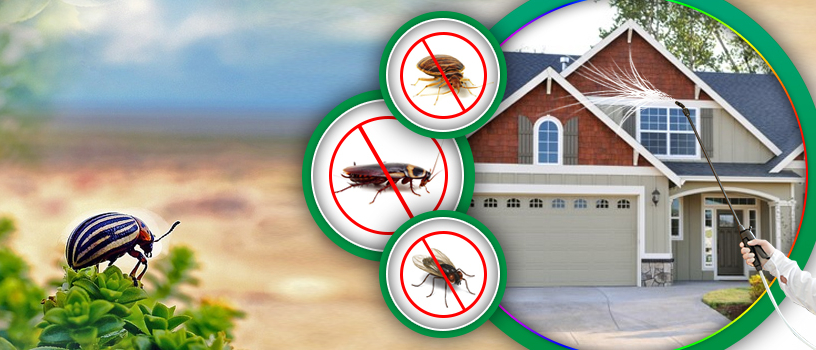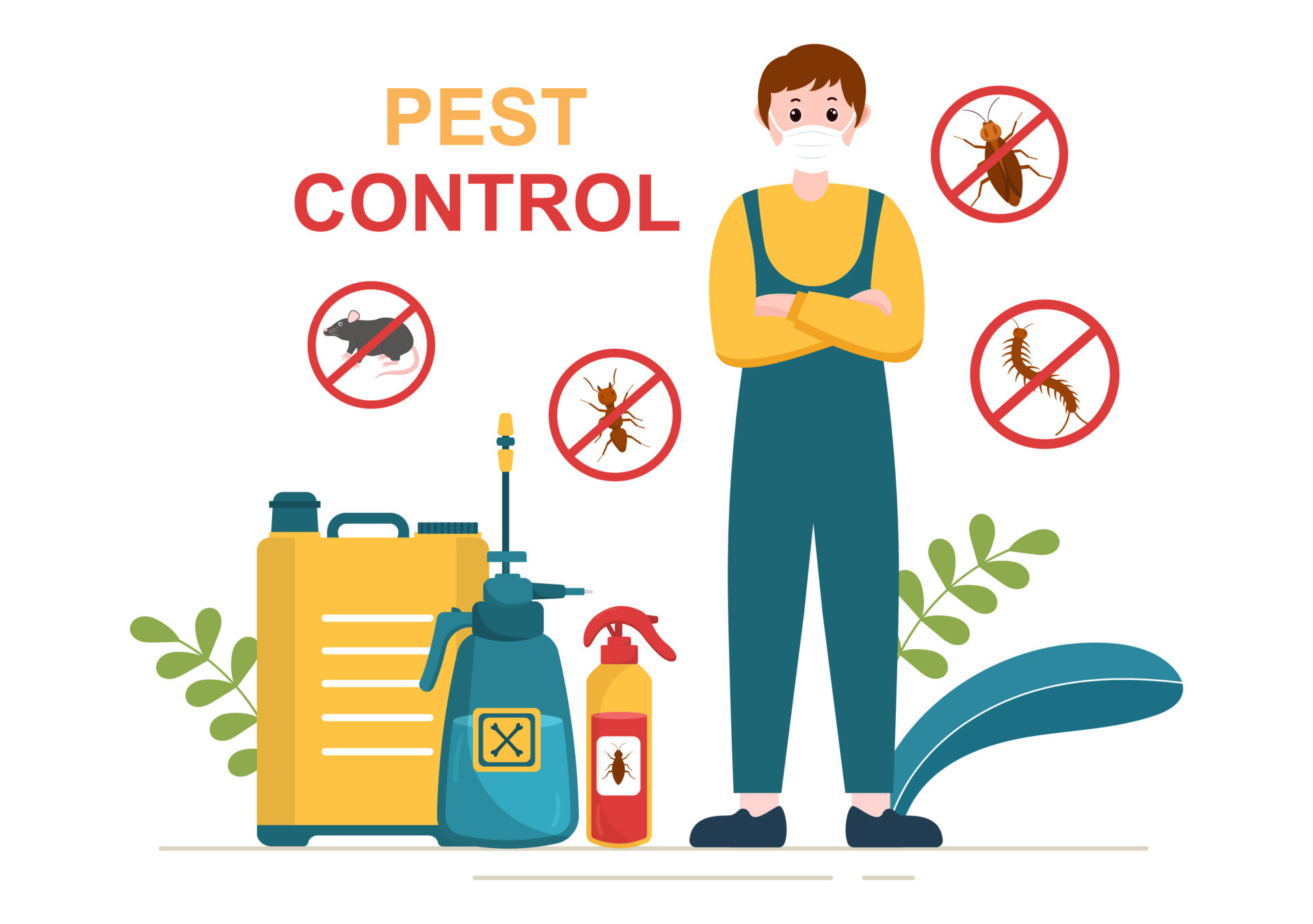Bed Bug Dog Detection: Detect Infestations Early for Assurance!
Bed Bug Dog Detection: Detect Infestations Early for Assurance!
Blog Article
Expert Bug Control Techniques for Long-Term Outcomes
Specialist pest control methods encapsulate a comprehensive method that starts with a thorough assessment and evaluation, adhered to by exact bug identification to recognize their habits patterns. The application of Integrated Insect Monitoring (IPM) principles, combined with eco-conscious therapies, develops the foundation of sustainable parasite elimination.
Evaluation and Analysis
Upon entering a property for bug control solutions, the preliminary step is a complete inspection and assessment to identify the level of the invasion and establish the most reliable therapy plan. Professional parasite control professionals are trained to meticulously take a look at the facilities, seeking indicators of parasite activity such as droppings, munch marks, nests, or any kind of architectural damage. They will additionally assess the problems that might be bring in parasites, such as food sources, water leakages, or entry factors.

Parasite Identification and Actions

Additionally, understanding the actions of the identified bug is crucial to applying efficient control actions. As an example, recognizing where parasites nest, what they eat, and their activity patterns can assist pest control professionals design methods to eradicate them effectively. Some pests may be nighttime, while others are more energetic throughout the day. This understanding permits the application of therapies at ideal times for maximum performance.
Integrated Parasite Administration (IPM)
Integrated Pest Administration (IPM) techniques incorporate several methods to control and protect against parasite infestations in a lasting and eco-friendly fashion. exterminator. By incorporating approaches such as organic control, environment control, adjustment of cultural methods, and the use of resistant selections, IPM intends to minimize making use of chemical pesticides
Among the essential principles of IPM is the focus on prevention. This aggressive method involves surveillance bug populations regularly to identify any kind of possible issues prior to they intensify. By identifying parasite issues early on, pest control actions can be executed swiftly and properly.
Moreover, IPM advertises using safe parasite control methods whenever possible. This can consist of using all-natural predators of the insects, presenting beneficial insects, or using pheromones to interrupt breeding patterns. By decreasing reliance on chemical pesticides, IPM not just protects the environment but also helps preserve a balance in the environment.
Environmentally-Friendly Treatments
Implementing eco-conscious techniques in insect control procedures can efficiently attend to invasions while prioritizing ecological sustainability. Environmentally-friendly therapies concentrate on reducing the impact of insect control methods on environments, non-target microorganisms, and human health and wellness. These methods frequently involve using all-natural killers, such as Continued ladybugs or nematodes, to manage pest populations, decreasing the requirement for chemical interventions. Additionally, strategies like environment control, such as changing wetness levels or removing food sources, can help discourage insects without making use of unsafe materials.
One more secret aspect of environmentally-friendly treatments is making use of organic and naturally degradable items that break down swiftly without leaving damaging deposits in the atmosphere. Botanical pesticides derived from plants like chrysanthemums or neem provide effective parasite control while posturing minimal risk to non-target types. Moreover, utilizing approaches like warmth treatments or scent traps can target specific pests with precision, minimizing the overall environmental influence of parasite control techniques.
Ongoing Monitoring and Upkeep
Consistent surveillance and upkeep are important components of reliable parasite control monitoring. Continuous tracking plays an important duty in making sure that parasite infestations are spotted early and taken care of quickly. Routine evaluations by experienced experts are essential to identify any signs of insect activity, evaluate the efficiency of previous treatments, and make modifications to the insect control strategy as required. By monitoring pest populations in time, insect control professionals can track patterns, expect possible concerns, and implement safety nets to lessen the danger of future invasions.
In addition to surveillance, maintenance techniques are essential for lasting parasite control success. This consists of applying appropriate cleanliness measures to remove possible food and water sources for bugs, sealing entrance points to stop insects from entering the properties, and More Help addressing any architectural problems that might help with pest problems (bed bug heat treatment). By incorporating continuous surveillance and upkeep into an integrated insect management method, services can guarantee a pest-free atmosphere and protect their property versus pricey damage and health and wellness threats
Final Thought
To conclude, using expert pest control strategies such as extensive evaluation and assessment, exact parasite identification and understanding of their behavior, incorporated insect monitoring methods, environmentally-friendly treatments, and recurring surveillance and maintenance are important for achieving lasting cause pest control. preventive pest control By applying these techniques, individuals can successfully manage bug invasions and maintain a pest-free setting in a sustainable fashion.
Report this page